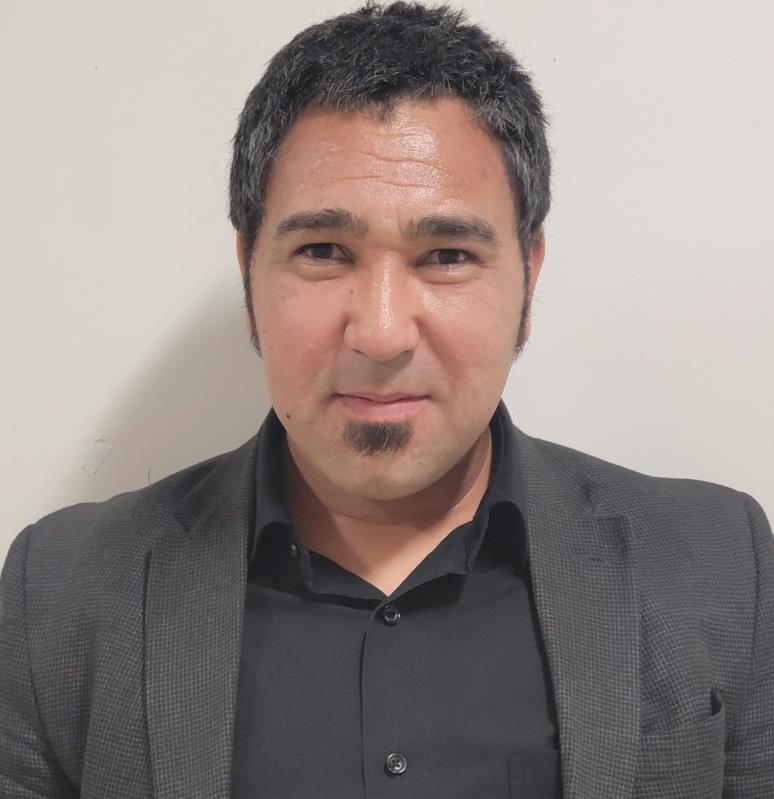6/17/2025
My laboratory is using the fruit fly, Drosophila melanogaster, as a model system for studying the molecular genetics of responsiveness to cocaine and other drugs of abuse. We have shown…
6/17/2025
6/17/2025
Our research focuses on several key areas that drive our scientific interests and contribute to the understanding and treatment of neurodegenerative diseases. These areas include: 1. Investigation of RNA modifications and…
6/17/2025
1) Seizures as brain explorers: A few thousand neurons acting together can generate a seizure, but it travels far from its origin, generating convulsive and dystonic movements, triggering and erasing…
6/17/2025
The research interests in the Kaya Lab lie in the mechanistic understanding of pathways regulating cellular aging and age-related disease progression. We believe that a strong understanding of biological problems…
6/17/2025
The goal of our research is to learn the cellular, molecular and biomechanical mechanisms underlying morphogenetic movements during embryogenesis. One of the fundamental problems in developmental biology is determining what…
6/17/2025
Discovering and characterizing inhibitors for Sphingosine Kinase and Sphingosine 1-phosphate transporters (Spns2 and Mfsd2b)
6/17/2025
Kelsey Kubelick's research group, K2 BioImaging Collective, leverages light, sound, nanoconstruct design, and cellular engineering strategies to develop advanced theranostic imaging techniques, with a particular interest in ultrasound and photoacoustic (PA)…
6/17/2025
The long-term goal of our research program is to elucidate the roles of peripheral and central glia and glial-glial interactions during nervous system development, maintenance and disease/injury. Using Danio rerio…










